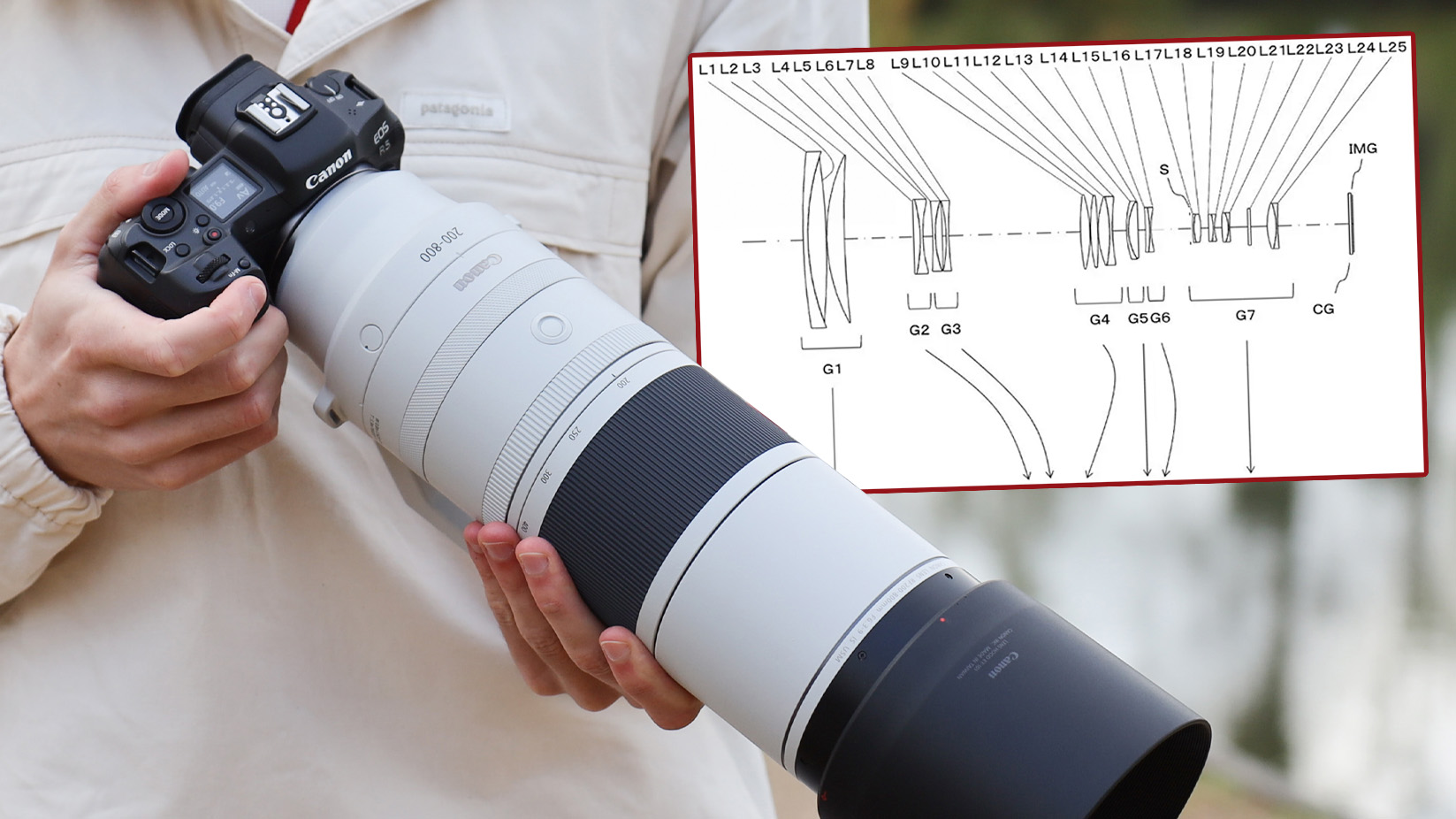
A very interesting Tamron tidbit has appeared on Sony Alpha Rumors – an optics diagram of a patented 200-800mm f/6.7 for Sony E-mount cameras. And I’m pretty excited about the prospect and its potential to liven up the best 150-600mm lens ballpark. The rumor site has quite rightly likened it to the Canon RF 200-800mm f/6.3-9 IS USM, which my colleague, Gareth Bevan, reviewed very favorably.
Sony Alpha Rumors revealed that the patent lists the lens at 41.5cm in length, which is 10cm longer than Canon's effort. But the upside, of course, is that constant f/6.7 aperture. Let’s face it, the Canon's f/6.3 is fine in a pinch but most photographers would want a much wider aperture at 200mm, so losing less than 1/3 of a stop – in my opinion – is much of a muchness. But at the telephoto end, the difference between f/6.3 and f/9 is roughly a whole stop. Now that does make a difference.
I love motorsport photography and when panning I often don’t need to worry too much about widening the aperture to let in loads of light, since I'm often shooting in the middle of the day and using relatively slow shutter speeds. So, for that usage, a lens like this would be fantastic, especially if you’re working at an international track with long run-off areas that require extra reach.
But for wildlife photography, I’m more excited about the other lens Sony Alpha Rumors found in Tamron's patent, a 200-600mm f/5.6. I like to use my Nikon Z 180-600mm f/5.6-6.3 VR lens for wildlife photography and 600mm is a great focal length to work with. And while it wouldn’t make a huge difference, a constant f/5.6 aperture would certainly be welcome.
I don’t know if we’ll ever see these lenses come to light – patented products don't always see the light of day – but I for one hope so. Pretty please Tamron?
You may also like...
If you're into long lenses, my Nikon Z 180-600mm is my favorite lens. You can also find out how to use a 500mm lens to photograph wary wildlife. And if you're looking to upgrade your kit, check out the best lenses for bird photography.







